Historic! ALMA telescope finds first-ever planet-forming disk beyond the Milky Way Galaxy
In a historic moment of discovery, astronomers using the ALMA telescope in Chile, snap an extragalactic accretion disk feeding a young star in the large magellanic cloud 160,000 light-years from the Milky Way Galaxy.
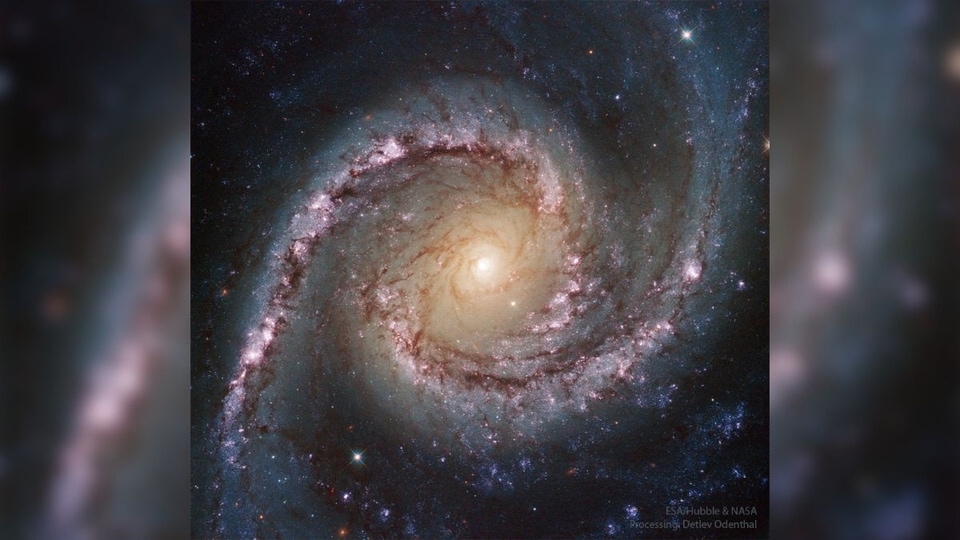
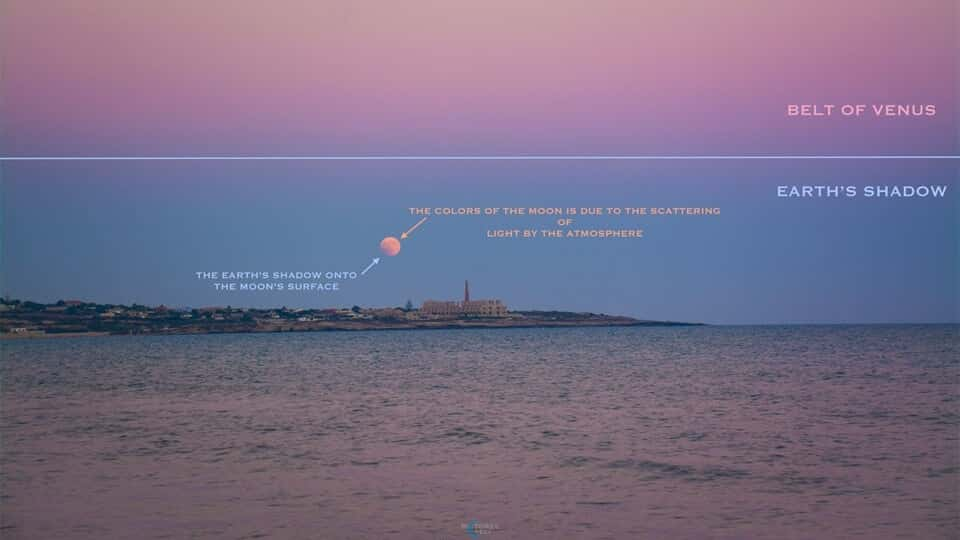

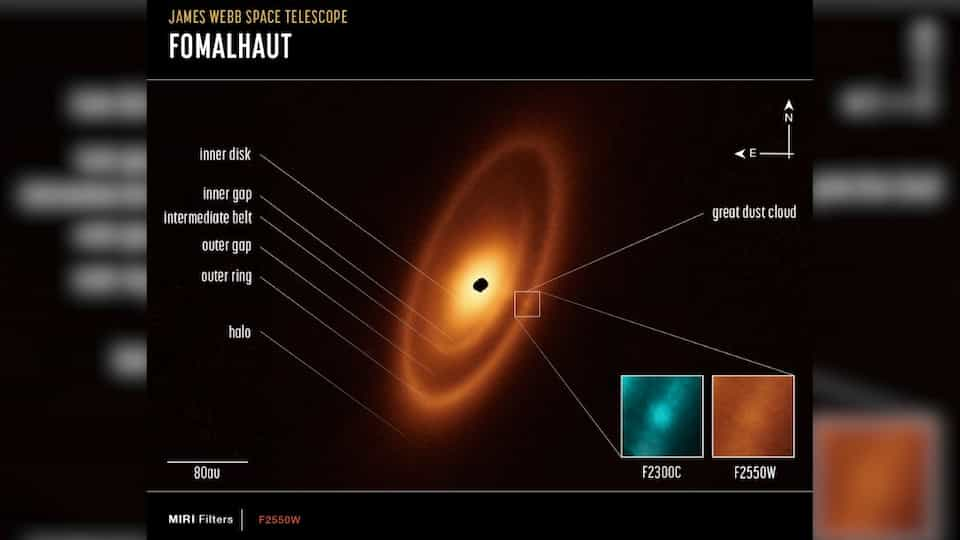
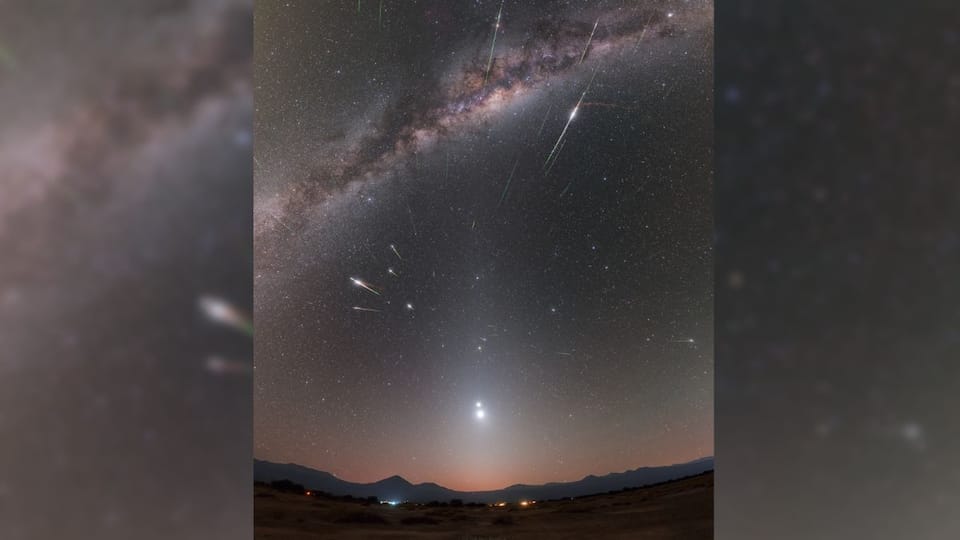
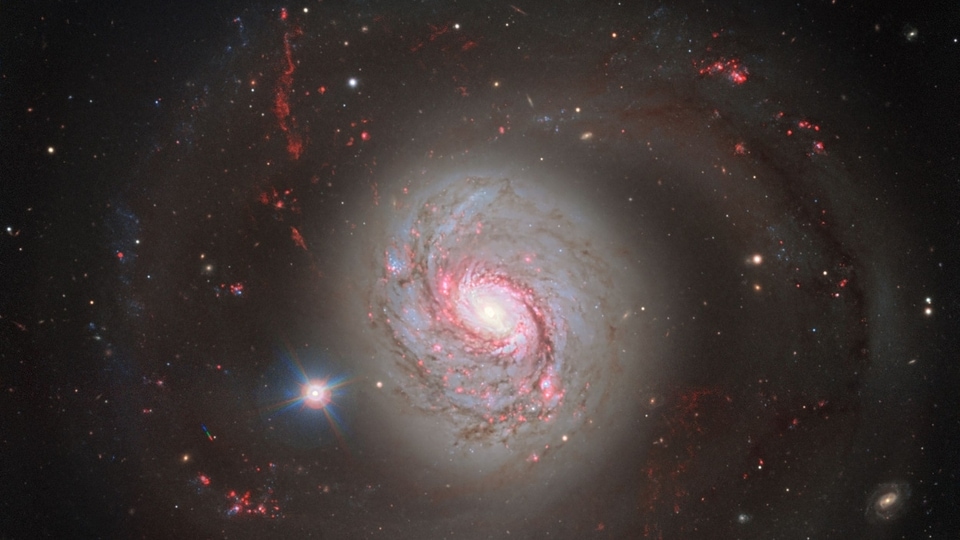
 View all Images
View all ImagesA groundbreaking discovery has been made by astronomers who identified a swirling disk of material, akin to those surrounding infant stars in the Milky Way Galaxy feeding a young star situated in the Large Magellanic Cloud, a neighboring galaxy located 160,000 light-years away. Using the Atacama Large Millimeter/submillimeter Array (ALMA), the largest Earth-based astronomical project comprising 66 antennas in Northern Chile, the research team led by Durham University scientist Anna McLeod observed the system designated HH 1177 within a massive gas cloud. This marks the first confirmed extragalactic accretion disk ever detected.
First Glimpse of an Extragalactic Accretion Disk
"When I first saw evidence for a rotating structure in the ALMA data, I could not believe that we had detected the first extragalactic accretion disc. It was a special moment," stated McLeod. "We know discs are vital to forming stars and planets in our galaxy, and here, for the first time, we're seeing direct evidence for this in another galaxy," Space.com reported.
The initial lead to this discovery came from the Multi Unit Spectroscopic Explorer (MUSE) instrument on ESO's Very Large Telescope (VLT), which detected a jet emerging from a forming star in HH 1177. The MUSE instrument operates in the visible wavelength range, enabling observations and measurements of light wavelengths to identify different types of matter.
"We discovered a jet being launched from this young massive star, and its presence is a signpost for ongoing disc accretion," added McLeod. To verify the accretion disk's existence, scientists measured the movement of dense gas around the star.
Accretion disks, like the one observed in HH 1177, form when matter descends towards a young star or another accreting object, such as a black hole or neutron star. As the material falls onto these objects, it forms a flattened, spinning disk that gradually feeds matter to the central object.
In an era of rapid technological advancement in astronomical facilities, this discovery offers an exciting opportunity to study star formation at incredible distances and in a different galaxy. The findings are detailed in the article 'A likely Keplerian disk feeding an optically revealed massive young star,' published in Nature.
Catch all the Latest Tech News, Mobile News, Laptop News, Gaming news, Wearables News , How To News, also keep up with us on Whatsapp channel,Twitter, Facebook, Google News, and Instagram. For our latest videos, subscribe to our YouTube channel.

























